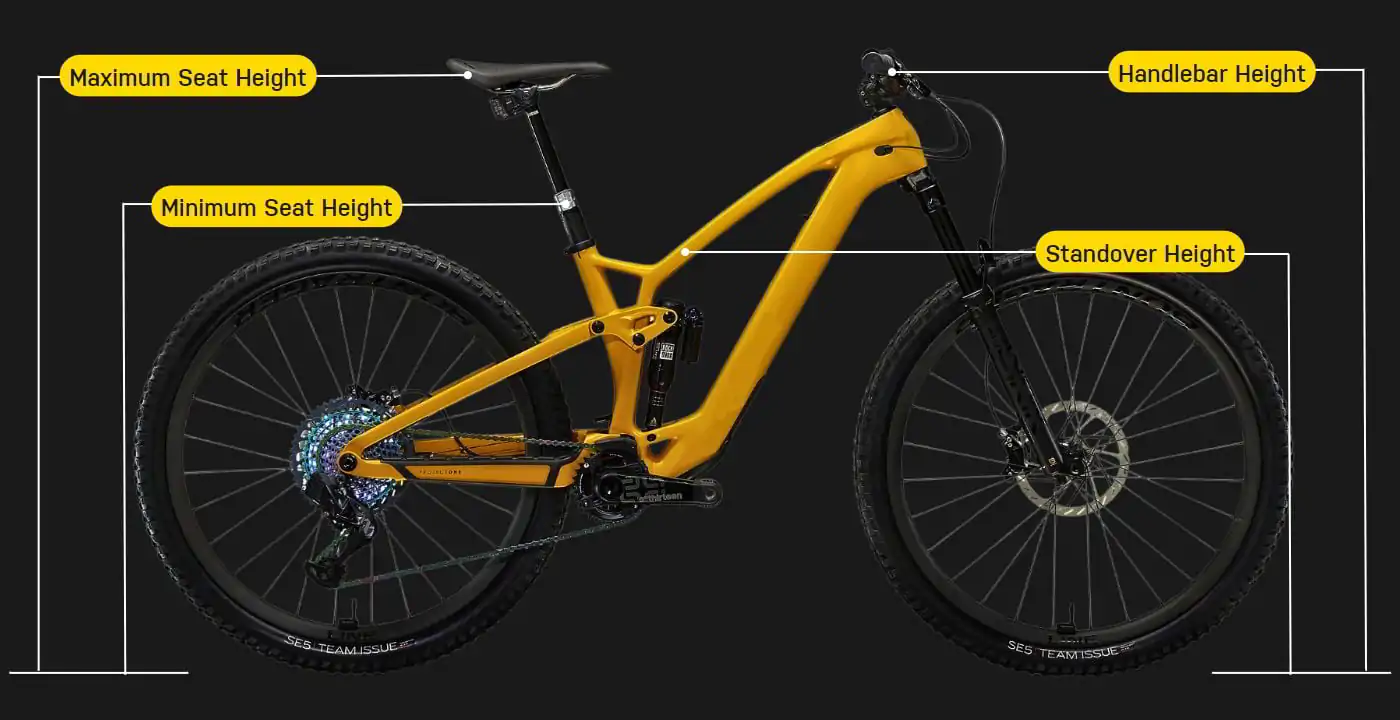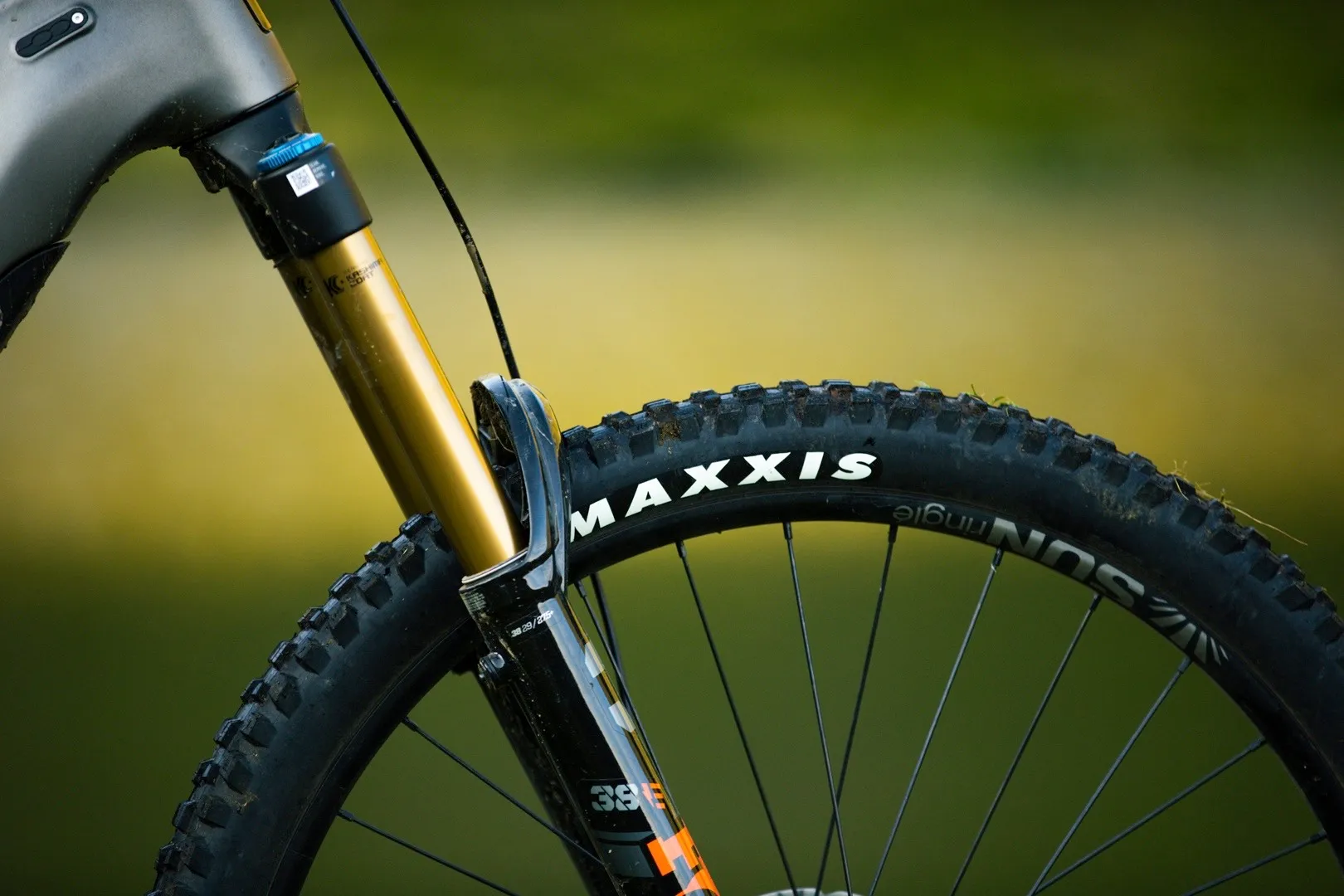Choosing the right mountain bike can make a huge difference in your riding experience. Whether you prefer tackling technical trails, flying down steep descents, or enjoying long cross-country rides, matching your bike to your riding style is crucial. This guide will help you understand the different types of mountain bikes available and how to choose the one that’s perfect for you.
1. Identify Your Riding Style
Before you start shopping for a mountain bike, it’s essential to identify the type of riding you plan to do most. Mountain biking can be broadly classified into the following categories:
- Cross-Country (XC): XC riders focus on covering long distances on varied terrain, often including climbs and descents. Bikes in this category prioritize lightweight construction and efficient pedaling.
- Trail Riding: Trail riders seek a balance between climbing efficiency and descending performance. Trail bikes are the most versatile, perfect for all-around riding on a mix of terrain.
- Enduro: Enduro riding involves tackling long, technical descents combined with steep climbs. Enduro bikes prioritize downhill performance while remaining capable on the uphill.
- Downhill (DH): Downhill riding is all about high-speed descents on extremely technical terrain. DH bikes are built for maximum stability and control on the way down.
- All-Mountain: This category is similar to enduro but emphasizes versatility. All-mountain bikes can handle a bit of everything, from fast descents to moderate climbs.
2. Choose the Right Suspension
The type and amount of suspension on a mountain bike significantly impact its performance on various terrains. Here are the common suspension types:
- Hardtail: Hardtail bikes have suspension only in the front, making them lighter and more efficient for climbing. These are great for XC riding or those who prefer less technical trails.
- Full-Suspension: Full-suspension bikes have both front and rear suspension, offering more comfort and control on rough terrain. They’re ideal for trail, enduro, and downhill riders who need the extra cushioning.
3. Understand Frame Geometry
Mountain bike frame geometry plays a crucial role in determining how a bike handles different terrain:
- Cross-Country Geometry: XC bikes generally have a steeper head tube angle (around 67-70 degrees), making them more nimble and efficient for climbing.
- Trail and Enduro Geometry: These bikes have a slacker head tube angle (around 65-68 degrees), making them more stable at high speeds and better suited for descents.
- Downhill Geometry: DH bikes have the slackest head tube angles (63-65 degrees), providing extra stability on steep and technical downhill trails.

4. Wheel Size Matters
The size of your bike’s wheels affects how it handles different types of terrain. The three most common sizes are:
- 26-Inch Wheels: Once the standard size, 26-inch wheels are now less common but still offer agility for technical trails.
- 27.5-Inch Wheels (650b): These provide a balance between agility and speed, making them popular for trail and enduro riders who need versatility.
- 29-Inch Wheels: Known for rolling over obstacles more easily, 29-inch wheels are great for cross-country and trail riding, offering speed and smoothness.
5. Pay Attention to Frame Material
The material of your bike’s frame can affect its weight, durability, and cost. Common materials include:
- Aluminum: Lightweight and affordable, aluminum is a popular choice for most mountain bikes.
- Carbon Fiber: Lighter and stiffer than aluminum, carbon fiber frames offer superior performance but come at a higher cost.
- Steel: Heavier but extremely durable, steel frames are more common on budget bikes or custom builds.
6. Choose the Right Components
Mountain bike components like brakes, drivetrain, and tires also play a key role in how your bike performs:
- Brakes: Hydraulic disc brakes provide better stopping power and control, especially on technical terrain.
- Drivetrain: A 1x drivetrain (with a single front chainring) is common on modern mountain bikes, offering simplicity and less chance of the chain dropping. Choose the number of gears (12-speed, 11-speed, etc.) based on the type of terrain you ride most.
- Tires: Wider tires (2.3 to 2.6 inches) are ideal for trail and enduro bikes, offering more grip on rough terrain, while narrower tires (around 2.0 inches) are suited for cross-country bikes for speed.
7. Test Ride Before You Buy
Once you’ve narrowed down your options, test riding the bikes is essential. A test ride will give you a feel for the bike’s geometry, suspension, and handling. Try different terrains to see how the bike performs in climbing, descending, and flat sections.
8. Set Your Budget
Mountain bikes range in price from a few hundred dollars to several thousand. While high-end bikes offer superior performance, you can still find a reliable bike in the mid-range. Consider how often you’ll ride and the type of terrain to determine the best bike within your budget.
Conclusion
Choosing the right mountain bike depends on your riding style, preferred terrain, and budget. From cross-country hardtails to full-suspension enduro machines, there’s a perfect bike for every rider. By considering factors like suspension type, frame geometry, and wheel size, you can find a bike that enhances your mountain biking adventures.




